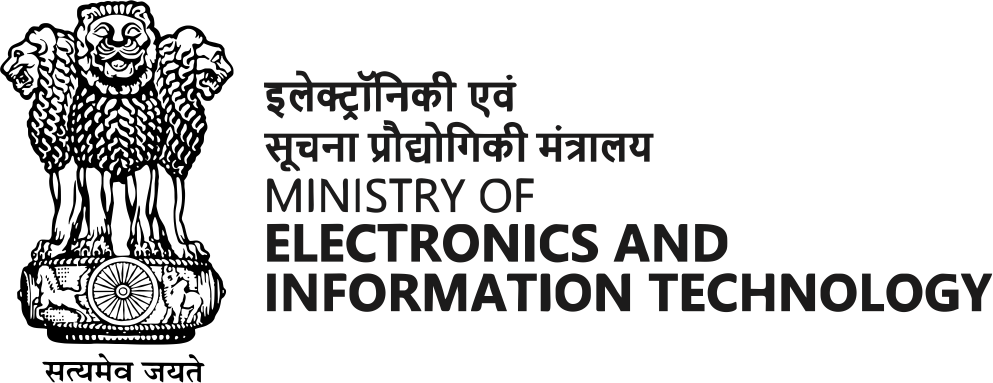Mobile penetration
Mobile penetration refers to the percentage of a population that owns or has access to a mobile device, such as a smartphone or tablet. It measures the adoption and usage of mobile technology within a particular geographic area or demographic group.
Mobile penetration can be influenced by various factors, including the availability and affordability of mobile devices, the quality and coverage of mobile networks, and cultural and behavioral norms around mobile usage.
Measuring mobile penetration is important for businesses and organizations that want to understand their target audiences and develop effective mobile strategies. Policymakers and researchers can also use it to track mobile technology's spread and impact on society and identify opportunities for improving access and affordability.
Mobile penetration in India
Understanding mobile penetration in India is important because it can give normal users an idea of how many people use mobile devices and how it affects daily life. Here are some key points to understand mobile penetration in India.
- India has a large population of over 1.3 billion people, and a significant percentage use mobile devices.
- As of 2021, India has an estimated 1.17 billion mobile phone users, roughly 84% of the population.
- The majority of mobile users in India use smartphones, which allow them to access the internet, social media, and a variety of mobile apps.
- Mobile devices have become an essential part of daily life in India, allowing people to communicate with others, access information, and conduct business transactions.
- The growth of mobile usage in India has also led to increased digital literacy and the adoption of mobile-based services such as mobile banking, e-commerce, and digital payments.
Overall, understanding mobile penetration in India is about recognizing the widespread use of mobile devices and how they have transformed daily life for many people in the country.



